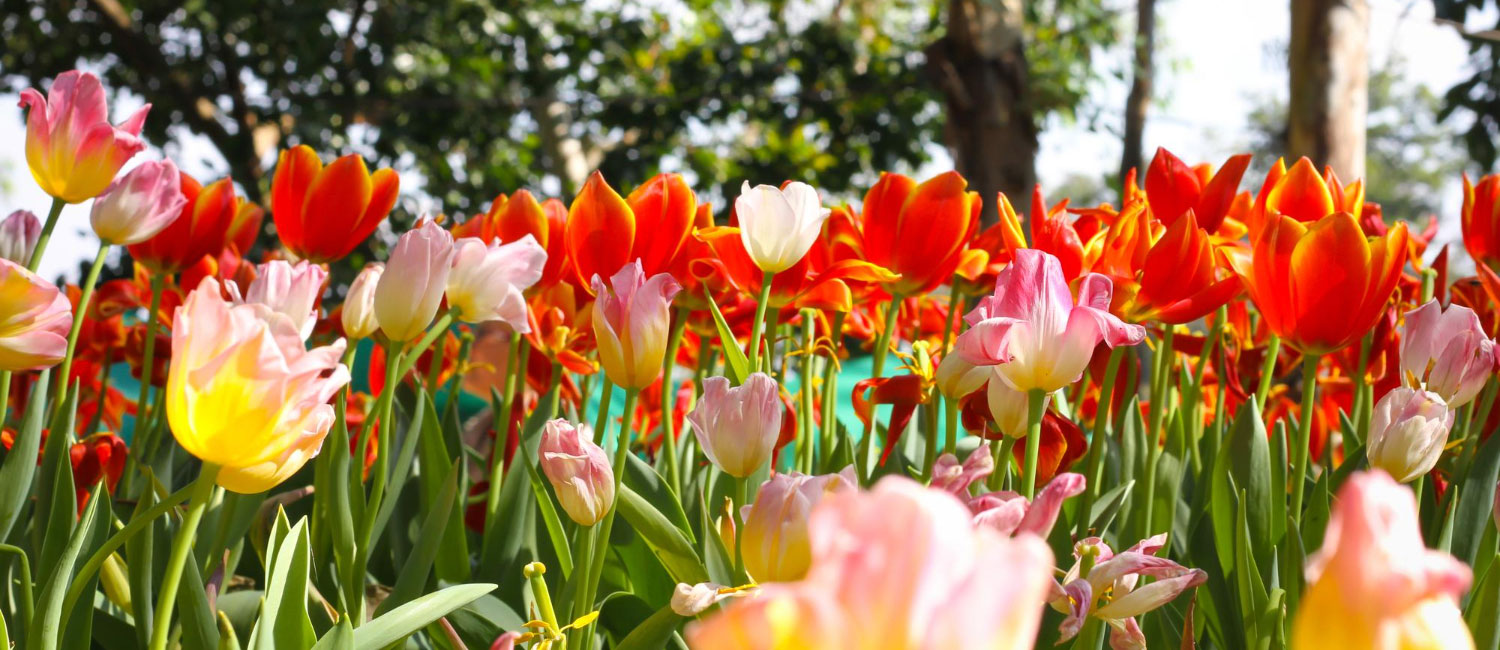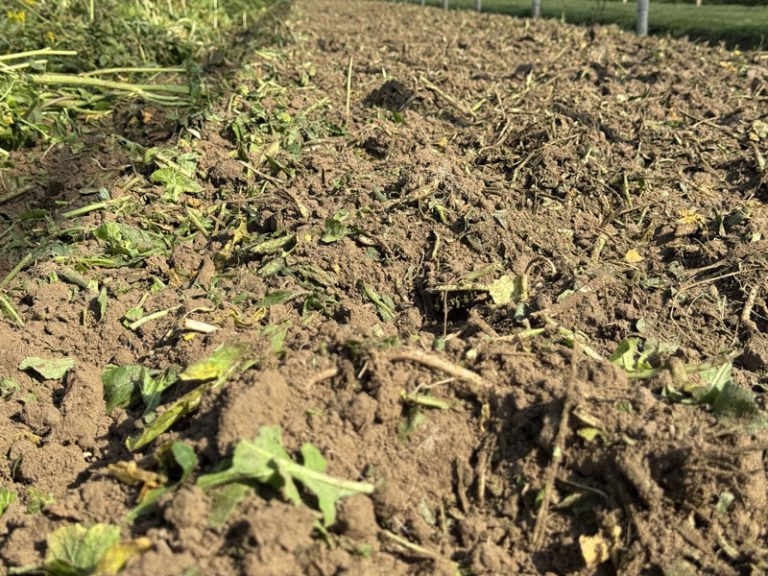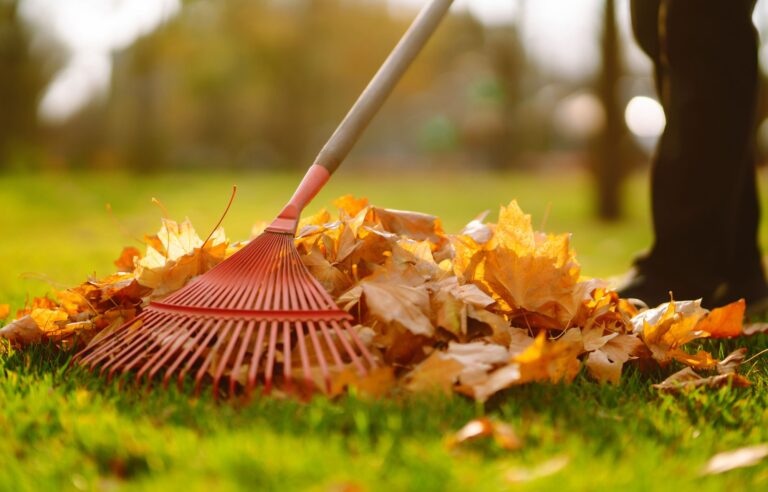March has arrived: the days are starting to get longer and warmer. Now that the cold winter months are over, we are ready to welcome the beginning of spring. Where? Of course in our green space with the many jobs to do that await us. So let’s go and see together how to best organize ourselves!
General maintenance
Sowing
Transplants
Pruning
Lawn Care
Indoor plants
General maintenance
In mild areas, once the risk of frost has passed, let’s remove the protective sheets from the plants while we wait patiently to see if the temperatures are still low. We prepare flowerbeds and borders by removing weeds and dead leaves before proceeding with mulching, but remember not to put unwanted weeds and leaves with symptoms of disease in the compost bin. Let’s help perennial herbs by removing dry parts such as foliage and stems. Let’s aerate the soil with a rake to promote oxygenation and proper drainage.
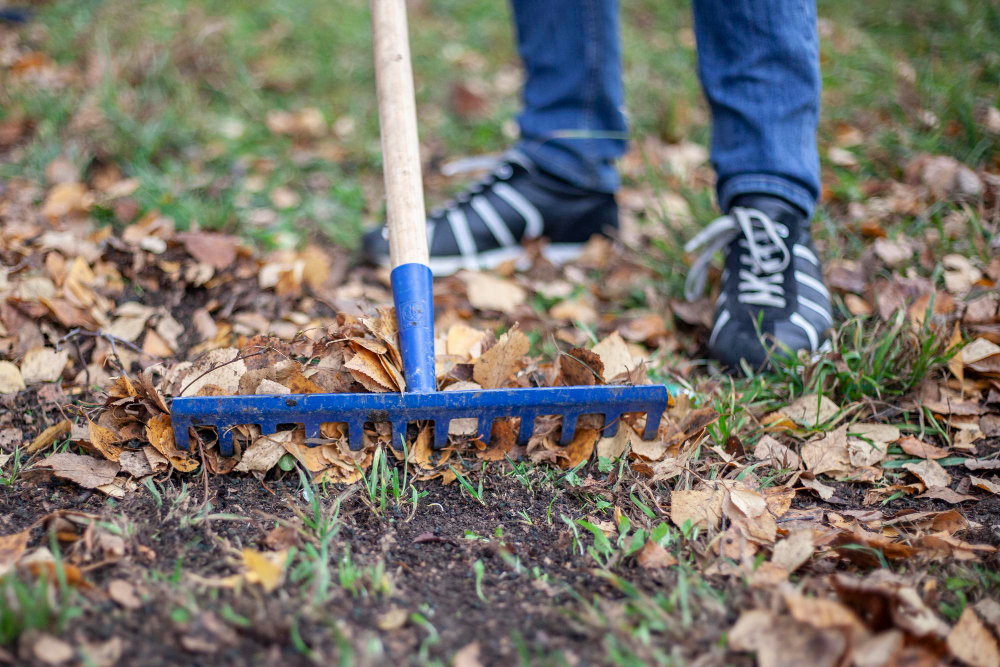
Let’s check if the plants grown in flowerpots and pots need to be watered, even in this period of the year they can dry out, remembering however to water with adequate quantities free from waterlogging and conditions of water saturation of the medium. We fertilize trees, shrubs, borders and hedges with a granular organic or chemical fertilizer, spreading it at the base of the plant before lightly hoeing to help it ploughing. We check that the training stakes are firmly anchored to the ground and the relative ties to the trunks to replace them, tighten them or loosen them if necessary. We carefully observe whether recently planted trees and shrubs show lifting of the clod due to strong winter winds, in which case we firm the soil, furthermore we detect any early infestations of pathogens that could cause serious problems when temperatures rise. If rain is not forecast we repair and treat wooden structures such as arches, pergolas or fences with special paints or stains, we also remove that annoying layer of dirt from steps, patios, floors and paths, helping ourselves with a pressure washer if the material allows it. If some plants, such as climbing plants, need support, remember to put it now because adding them later could be more complicated with a result that is not always aesthetically pleasing.
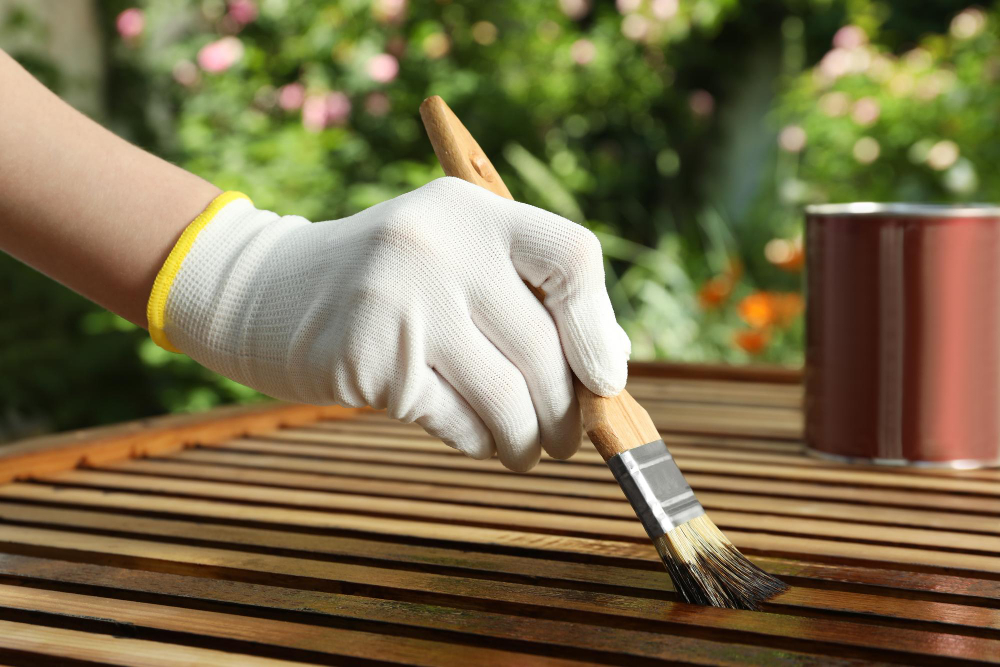
Sowing
March is a good time to try our hand at sowing seeds, some directly outside while others indoors or in a heated and sheltered place to allow the young seedlings to be planted outside when the risk of frost, even late frosts, is over. Among the vegetable garden species, we choose beet, peas and broad beans to be sown on raised beds by lightly tilling the soil, or we can start with chives, chillies, peppers and tomatoes, taking care to place the sowing trays on a sunny windowsill or, if you are lucky enough to have one, in a greenhouse. I know that I have already written about this in the previous article in February, but remember that there are also propagators or heated seedbeds on the market which can help us achieve excellent sprouting and vegetative development results. We plant spring onions and shallots, we also try sprouting potatoes from seed by placing the tubers in old egg boxes or in seed trays on a cool, bright windowsill and then, towards the end of the month, we plant the sprouted tubers outside, even in pots or in special jute sacks. And how can we forget herbaceous flowering plants such as columbines, cornflowers and white lupines that can be sown outdoors in soft soil, or sweet peas and zinnias that can also be grown in pots! And let’s not forget summer-flowering bulbous plants such as dahlia, lily, gladiolus and gloriosa which will turn our garden into a colourful palette. A word of advice: start a sowing diary to keep track of the period and the species or varieties sown, this will help us in the months to come!

Transplants
With the plan in one hand, which we made while sitting in the warmth of the winter, and a spade in the other, let’s begin with the transplanting, remembering to make the planting holes proportionate in size to those of the clods and the foliage, and to position the latter with the crown slightly above the soil surface. Taking care that the soil is not frozen or saturated with water, we can choose from a wide range of species, depending on location, exposure and desired ornamental effect, including Skimmia japonica, whose orange-red berries will brighten up a border or a corner of our terrace during the coming autumn-winter, bearing in mind, however, the need to plant both female and male specimens as a dioecious species, or Prunus cerasus or ornamental cherry which will delight us with its spring blooms, Camellia japonica and Weigela florida. Among the herbaceous plants Alcea rosea, Bergenia cordiflora, Fuchsia, Primula vulgaris and Viola cornuta to be planted in homogeneous or mixed groups. We also can plant roses, avoiding areas where they have been previously cultivated to prevent replanting disease in new specimens.
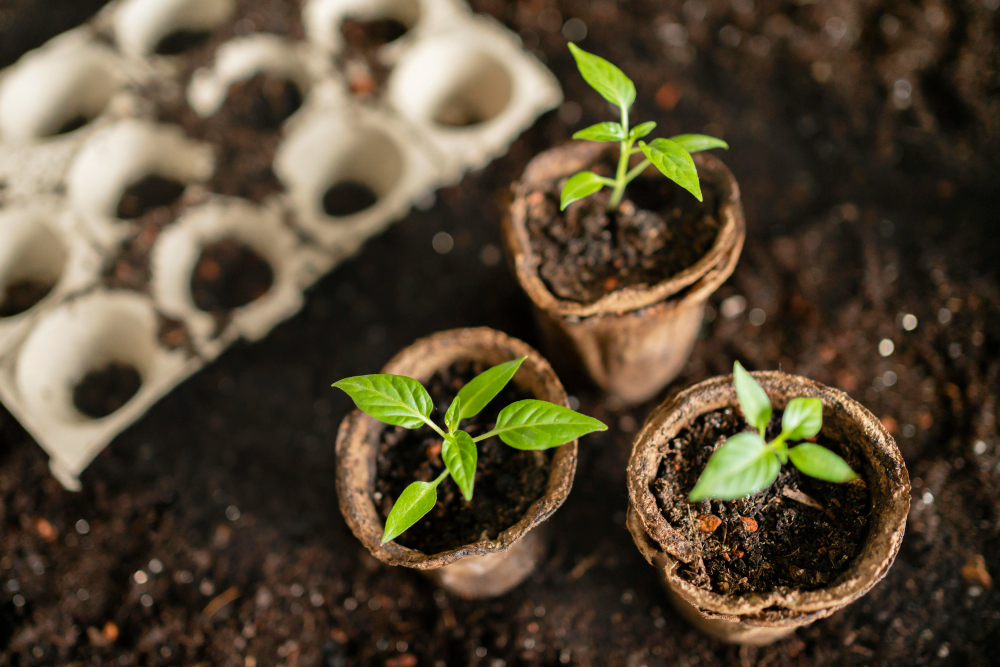
Pruning
We prune branches of trees and shrubs damaged by winter winds. We are then just in time to carry out the last pruning of plants still in their dormant period, before sprouting. We prune Cornus sanguinea, roses, fruit species such as peach, plum and kiwi as well as summer-flowering shrubs such as Buddleja, Oleander and Hydrangea at the beginning of the month, while we wait until the end of the month for hedges of Cherry Laurel or European Privet.
Lawn Care
We gently remove the last dry leaves from the lawn with a rake. If necessary, we can perform a first cut of the lawn by choosing a dry and mild day, setting the blades 4 or 5 centimeters higher than the normal cutting height, and distribute a fertilizer rich in nitrogen only if the temperatures are not yet rigid. Let’s prepare the ground for sowing of a new lawn by digging, weeding, leveling and lightly compacting to allow it to settle, thus obtaining an even surface for planting in April, when the weather is milder. We also install lawn edges to simplify future maintenance.
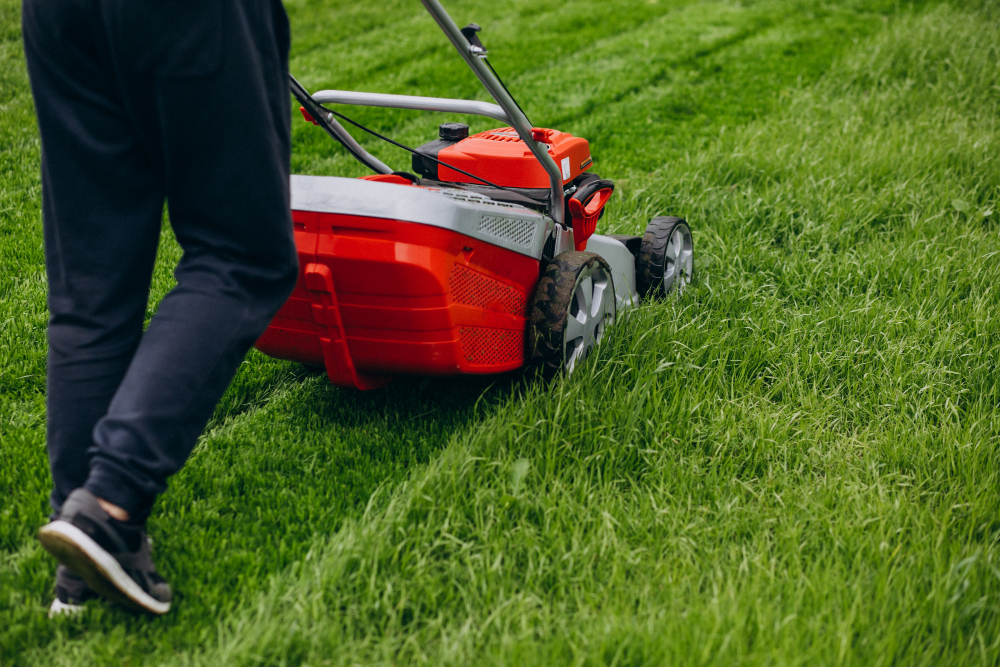
Indoor plants
Let’s repot our indoor plants in slightly larger pots using a high-quality professional medium, taking the opportunity to remove dry or damaged leaves as well as carefully observing the possible presence of phytopathogens to intervene promptly with specific products. We add water, not cold, more regularly, always checking the humidity level of the medium and we optimize, in relation to the cultivated species, the amount of light they receive by moving them to brighter or more shaded spots, protected from temperature fluctuations and cold air currents.
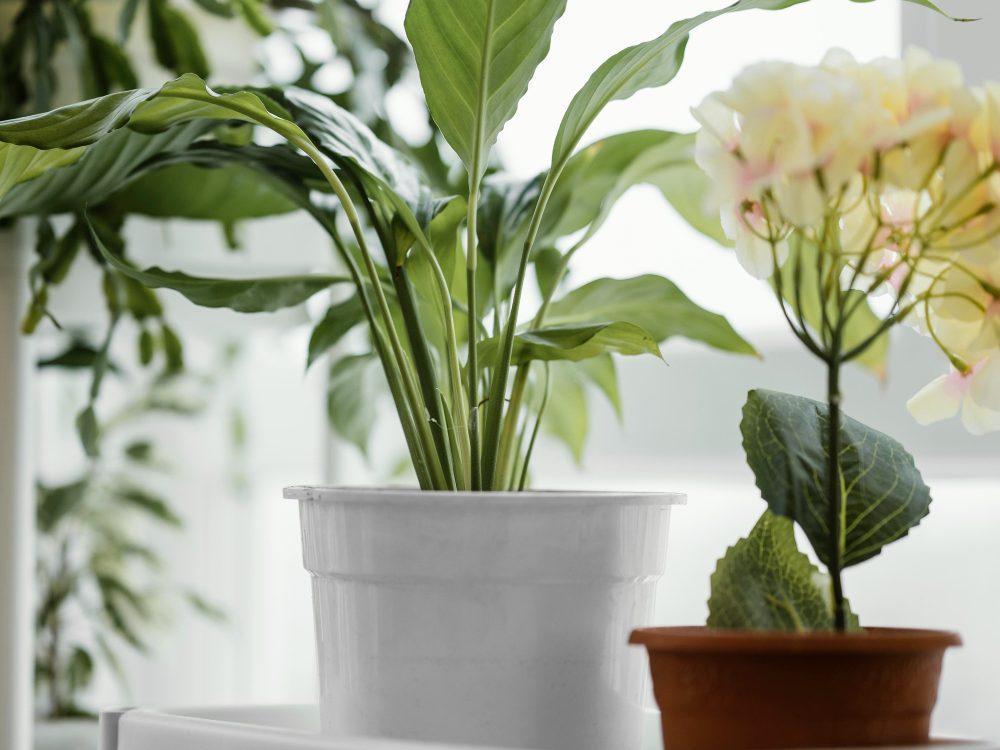
And finally…
We install one or more rainwater collection tanks for the coming season, placing them under the gutters to maximize collection.
Let’s build a compost bin and clean the watering cans well to prevent fungal diseases; let’s also make sure that the garden tools, including lawnmowers, are in good condition, ready for the next imminent jobs! Let’s not forget to leave special food and clean water to attract birds. March, like the whole spring, is a perfect time to spend outdoors, returning to dedicate ourselves to our green space, whether it is a garden or a balcony. In short gardening season has begun, so let’s get started!

